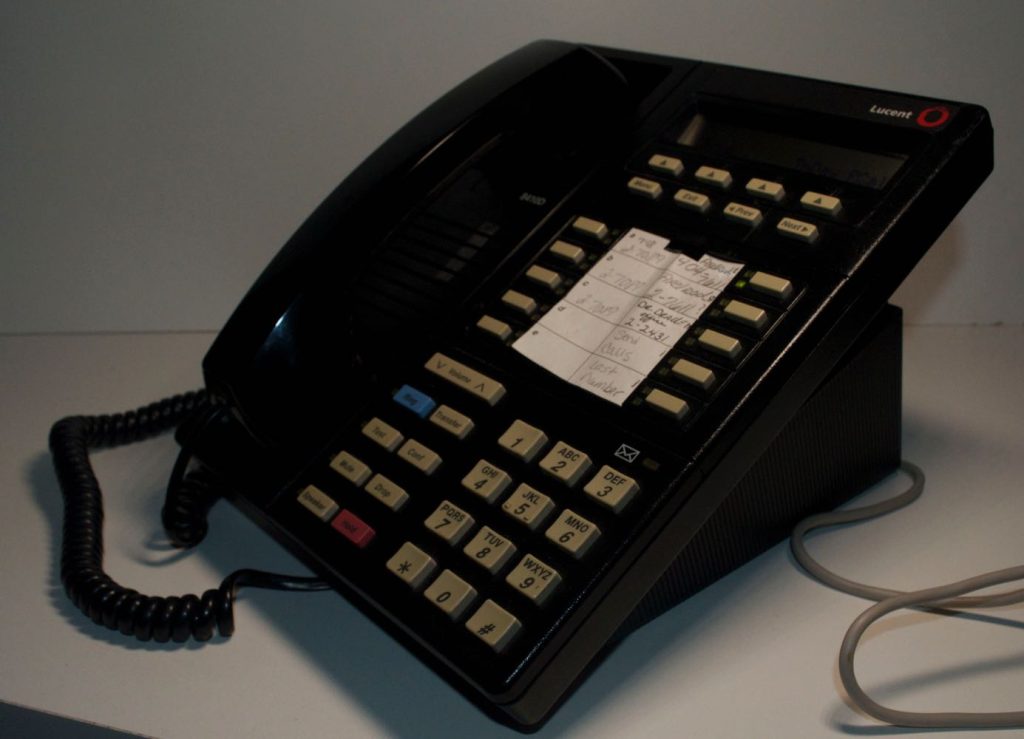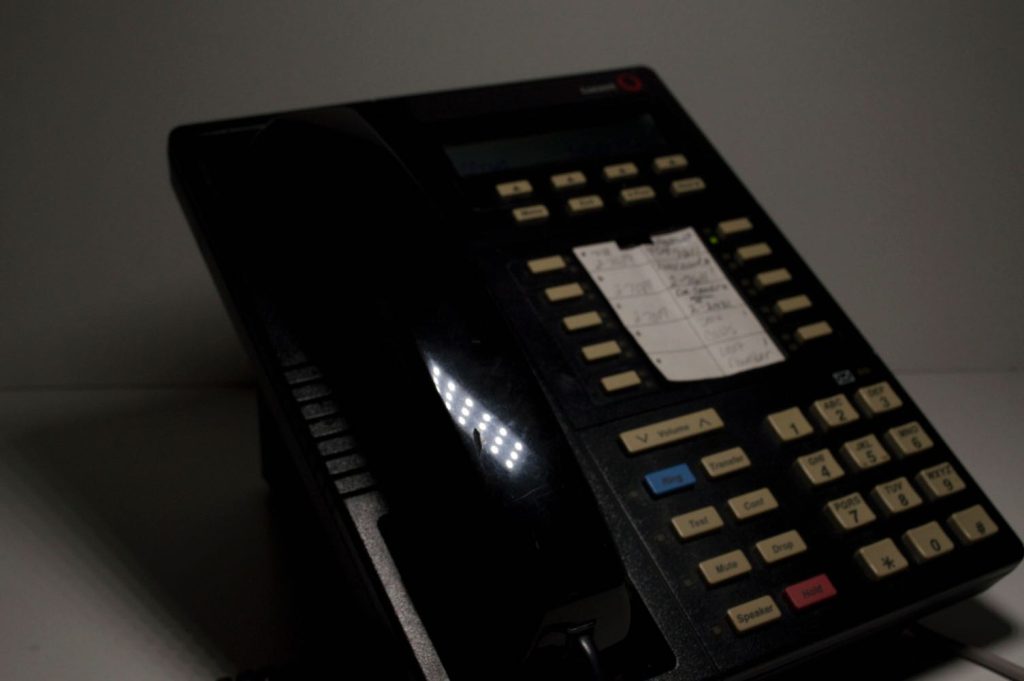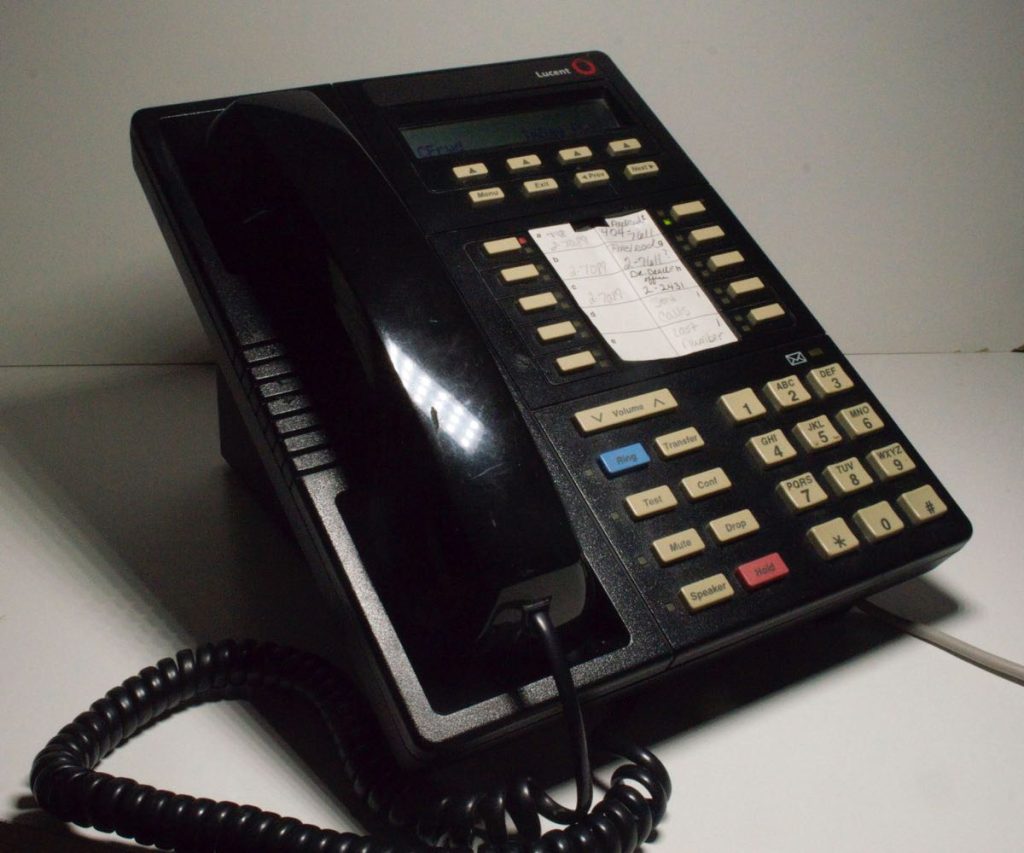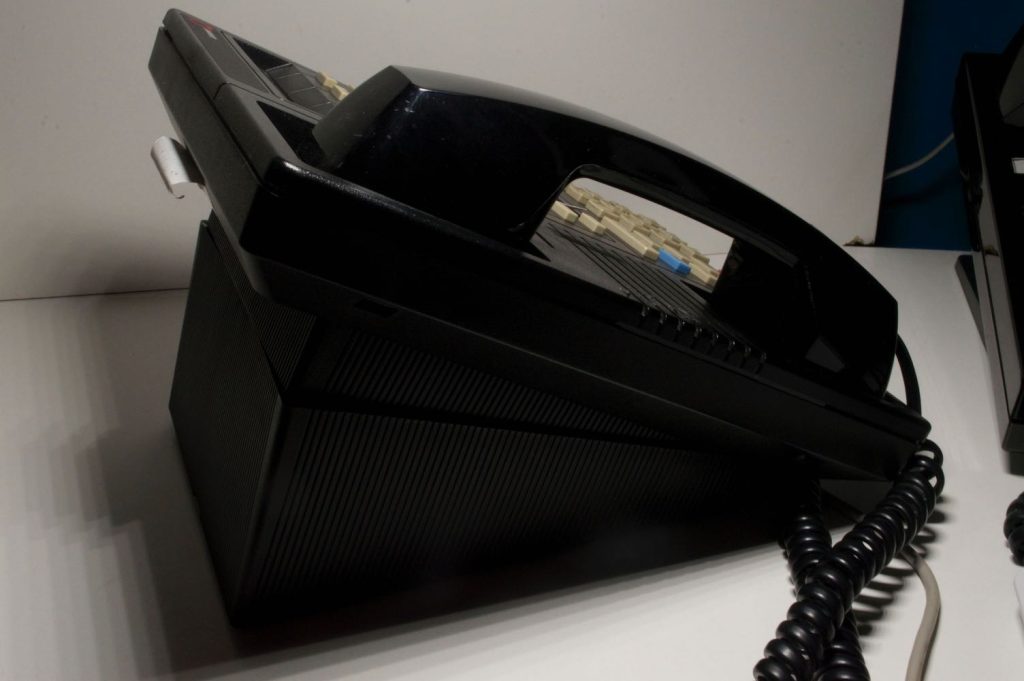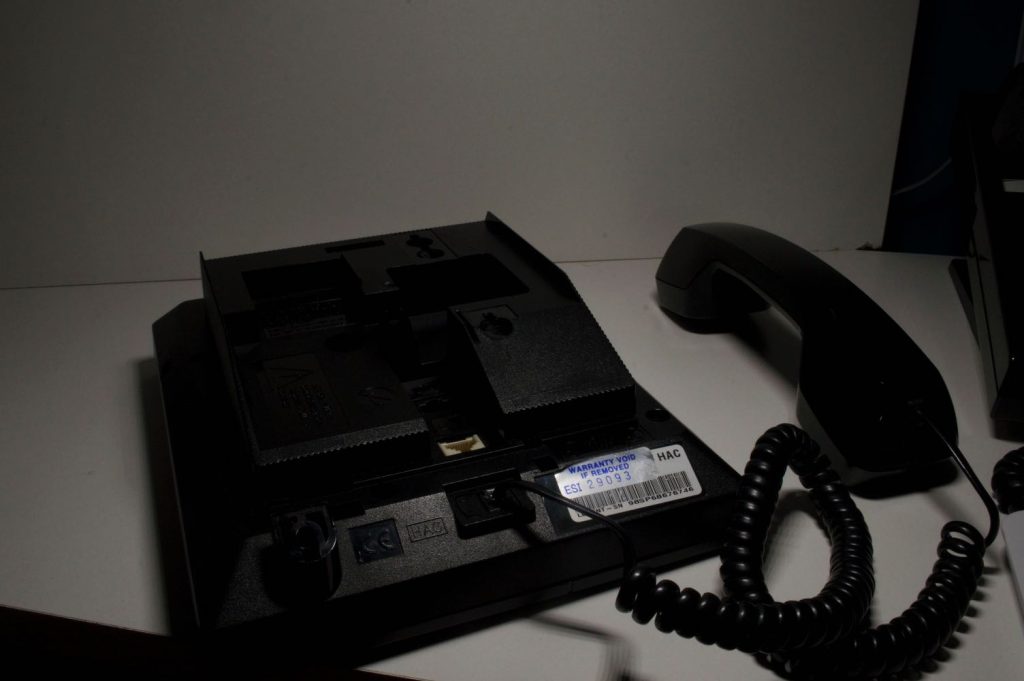This was taken at a local Kohls, just a little north of where I live. This is located in massively redeveloped area of box stores when it was just all trees. I can’t remember when it was built, I’m going to bet before the 2009 bankruptcy of Nortel. (Remember a similar post of noticing Mitel sets of their alleged “Do we stand by our man?” post bankruptcy mentality across any former Nortel sites.) Newer stores went with the “screw them” approach of building new stores with Mitel and older stores still run Avaya Blue.
Avaya
POTD: Avaya 8403 – 34th Street Macy’s, NYC
POTD: Macy’s 34th Street – Avaya Red 8403 DCP Terminal
Yesterday, I posted pics from my trip to Manhattan on Saturday. To my surprise I saw a lot of Avaya Red terminals despite Cisco selling VOIP sets like they are generic IP devices that corporate accounts pay little to none (allegedly) for.
The 8403 is a display-less set, designed for “walk up users” (to use a modern day cliche) or people who do not need functionality of a fully blown 8405 or 8410 terminal. The set supports up to 3 call appearances and if a user desperately needs features with indicators, one can program a feature (or two) but the set would act as a single appearance terminal.
It’s cousin set is the 7401, because it shares similarities to the 12 button personal features assignment. Someone can have up to 12 functions for abbreviated dialing, features, etc by hitting the Feature button and hit a single digit on the dial pad. There wasn’t a similar set till the late 2000s when Avaya released two sets, the 1403 and 1603 both for DCP and IP respectively, but ironically this require both to be run behind an IP Office, and not their enterprise PBX systems. It’s not to say one could reload firmware with the 1603 with some SIP firmware (which I believe it can work) and run it against Avaya’s SES services, and claim it to be a generic SIP set. These models furthers more irony because the 8403 was incompatible with Merlin systems anyways.
My Collection: A Definity AUDIX Board!
Update: 02-23-15 at 9:20 pm We’ve gots some problems… Presently tried to follow all the instructions but the board appears to be booting up but the ASA and even TUTTY (Putty + AT&T Terminal) clients are stuck in the BSOD. According to historic documentation, the LEDs are working as they should after boot, so maybe something failed at the connector side. I sure hope I didn’t “break” it…
So I got another surprise gift from Jason that was sent on President’s Day. I just received it a couple hours ago. This Definity AUDIX board is an integrated voice mail system for the Definity platform. These are no longer available and were designed in small environments. It was on the market for most of the 90s and probably up to 2001. The replacement would be an external PC or now a Modular Messaging running on a server class PC or an Aura virtual appliance. The beauty of this tiny board is it gave customers in small sites the power of the bigger AUDIX system. And hopefully I can hear the AUDIX lady once I get into the thing!
So much for that cutover back to the Cisco huh?
My Collection: The Avaya 8410 Voice Terminal
Today I’m showcasing my newest phone (prior to the last post) that is the Avaya 8410 Voice Terminal.
I’m not that creative in naming gadgets in cutesy names like dogs or cats like how people name servers, but I’m calling this one The Donald. As in Donald Trump. That guy was a long time user (to this day) a user of the 8410 terminal. What’s funny is the phone still has an AT&T label. He also uses his Spokesman speakerphone adjunct to have clear handsfree communication, even though the integrated microphone does well too.
This was courtesy from Jason, who gave me his old Definity PBX. The terms of the transfer did not include an 8410 set, which came to my surprise. He told me through email that he threw it in because there was space in the large package. More on this at a later time.
A closeup to that mic.
8410s were originally sold by AT&T, then sold by Lucent and then to Avaya. First generation sets were made in the States (likely at the Shrieveport Works – where most of the enterprise sets were made); when the End of Sale was issued by Avaya around 2003, the terminals were made in Mexico, despite plastic molding stating it was made here.
My Collection: Avaya 4424 Digital Telephone
A detailed review on the 4424 and how it only works on non Enterprise Avayas plus the difference in TUI between the Magix and IPO in a future post in 2025.
This picture shows a phone in my own collection. This is an Avaya 4424 Digital Telephone. This phone was originally used in the Merlin Magix series of KSUs. They look like their other digital phones, the difference is the form factor, where the built in microphone is located (on the lower right where there is two holes), and its ring tones. The “menu” keys may appear to use a similar TUI like in the larger systems, but it works differently.
That’s if you have it tied into an IP Office system, and then it works just like the larger PBXs.
[Really] Private Systems: Massachusetts State House
These sets of pictures were taken in 2009 at the Massachusetts State House. The government of Commonwealth of Massachusetts have been long time Avaya users dating back to the late 1980s. If you are a native to that state, you should be proud that your tax dollars were at work from upgrading to the latest and greatest office telephones. However, as of these exposures, I would highly assume they are still use the 6400 series telephones.
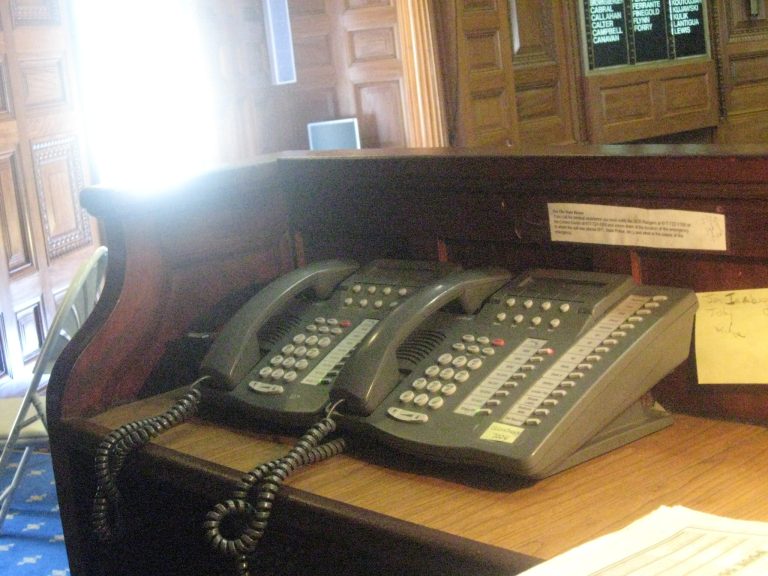
I do not have any clue what is in the backend of the Boston area telephone network. Its a Definity based system but that’s all I know. I don’t know how many nodes, how many unique PBX systems that are located throughout the Boston area. Unlike the state that borders far west, the Commonwealth is often tight lipped about telling anyone anything about the government. I do know Massachusetts has a headcount of maybe just north of 50,000 employees – yeah that’s a lot for a government sector.
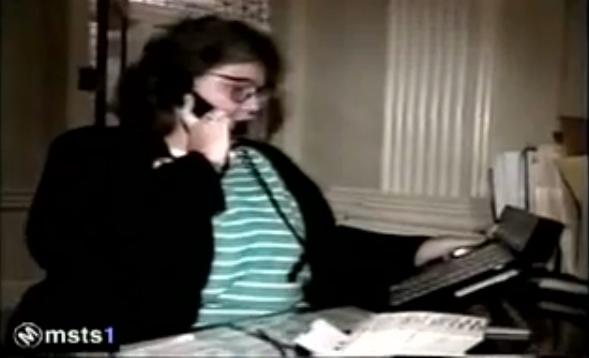
Another unknown is how their dialing plan works. I remember going into one of the elevators was a 7 digit telephone number to reach the campus security. The Commonwealth does not publish a government directory, nor do they have an online directory. Nor their western counterpart publishes even a guide to learn their telephones. They are very secretive in that state, and there is no such thing as public knowledge (don’t say its a security issue – that’s an excuse!)
Some pictures taken in 2010 when I visited there in October with some better quality of images of their super-private of private systems.
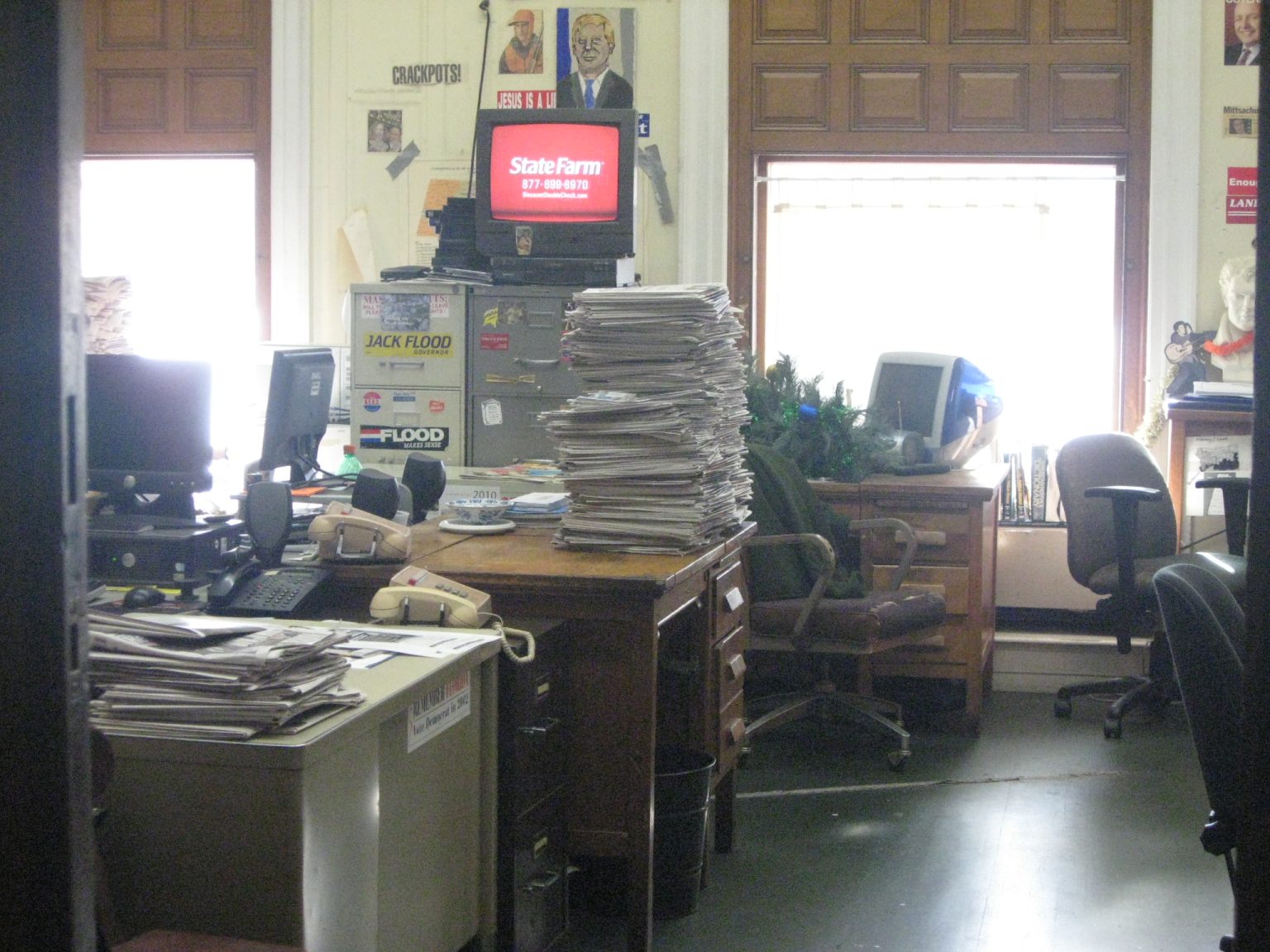
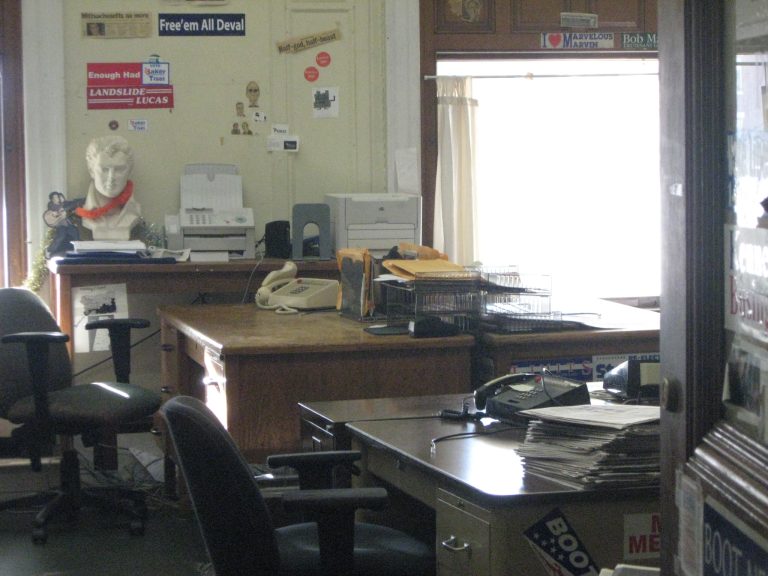
That’s all for now!
My Collection – AT&T (Avaya) 7102 Analog Voice Terminal
Here is another private collection of another office telephone. It’s an AT&T (now Avaya) 7102 Analog telephone.
These were made by AT&T in the mid to late 80s, sports the “R” handset (Merlin style) while having a basic featureset with a 12 digit dial pad and a “Recall” (read: Flash) to use additional features of the PBX or “Call Waiting” as this terminal can – in fact – be used for residential landline services.
In fact, the ringer is much like the very old AT&T 1810 digital answering machine/house phone I had at my family’s house. It doesn’t have the sound of the digital telephones unfortunately.
I bought this on eBay a while back, and here is the gallery
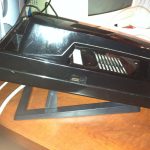
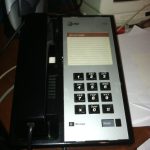
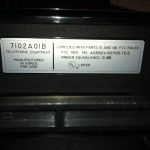
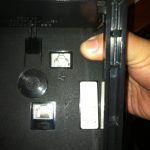

It was made in Korea, kinda odd for phones to be made out of the States at that time. Maybe this was built in the same plant as the other consumer phones that AT&T continued to produce leading to the spinoff to Lucent in 1996. I opened the phone and the guts looked like a cheap Asian produced device.
This phone however, is a shell of a BIS-10 (or a 7410 Plus), take the DESI paper off, and you’ll see the empty spots for those buttons. It was kinda surprising to see, but I guess since there was a membrane cover, it didn’t matter. I’ll post that picture (and redo the picture gallery in a neater workspace) at a later time.




